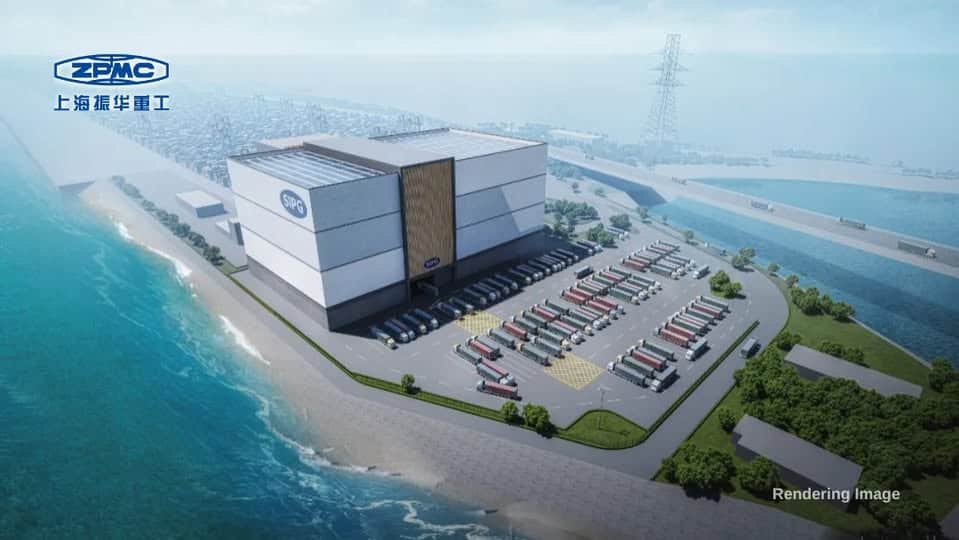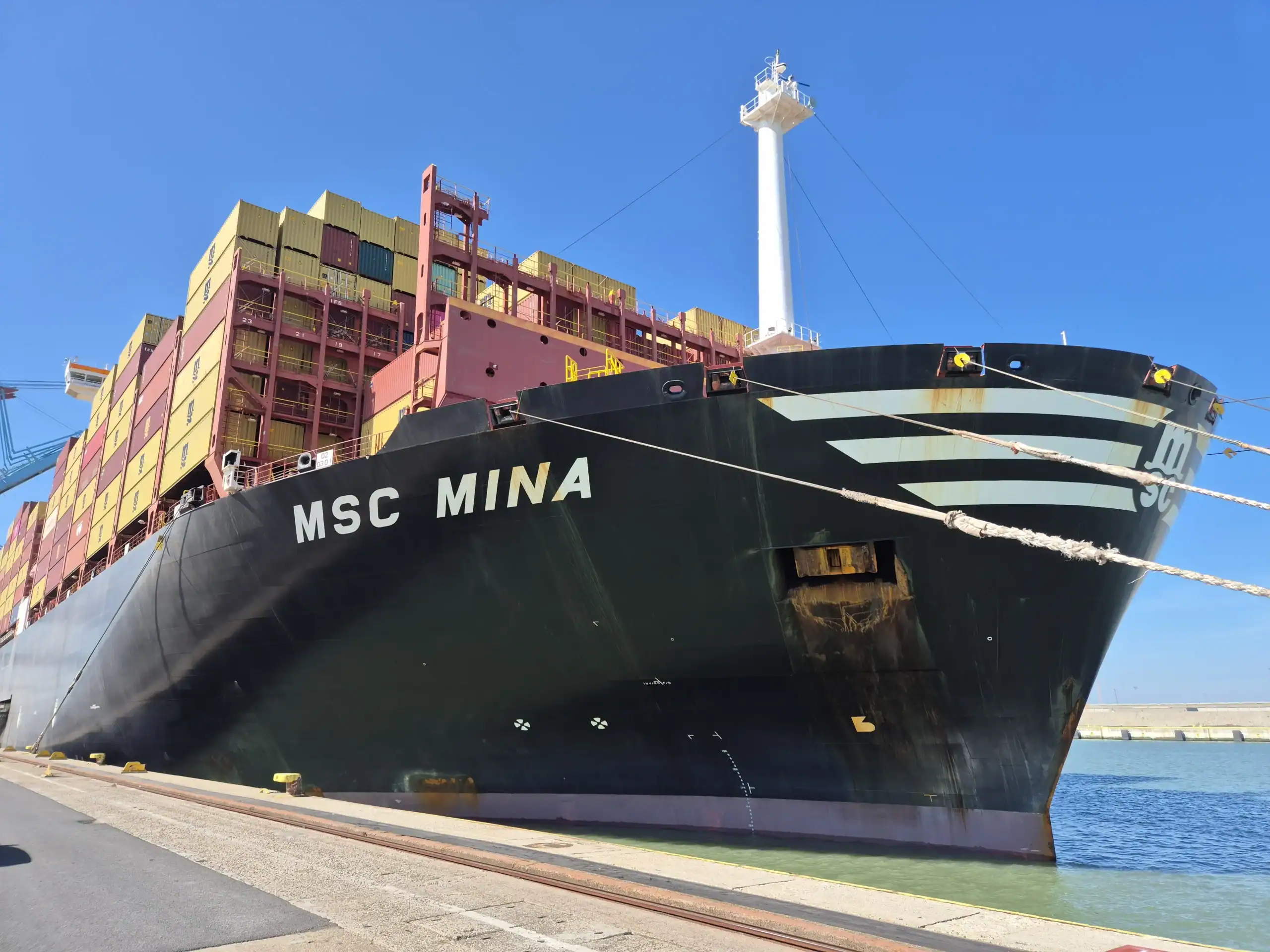In recent years, the global intermodal transport market has been undergoing a dynamic transformation, driven mainly by the automation of logistics processes. Growing transport volumes, pressure for efficiency and a shortage of skilled labour in ports are prompting operators to seek ways to optimise resource management.
One of the key elements of this logistics chain are empty container depots – often underestimated, yet crucial for the smooth circulation of cargo units between maritime, rail, and road transport.
In this field, the Chinese company ZPMC (Shanghai Zhenhua Heavy Industries Co., Ltd.) has gained particular recognition for developing the Automated Empty Container Depot (AECD) – a solution that revolutionizes how terminals manage empty containers by combining modern robotics, control systems, and artificial intelligence.
ZPMC – A Global Leader in Port Automation
ZPMC is one of the world’s largest manufacturers of port cranes and cargo handling equipment. The company accounts for around 70% of the global market for STS (Ship-to-Shore) quay cranes and RTG (Rubber Tyred Gantry) yard cranes.
Over the past decade, ZPMC has been intensively developing its terminal automation segment, offering comprehensive traffic management systems, autonomous handling equipment, and full integration with Terminal Operating Systems (TOS).
The Automated Empty Container Depot project is another step in ZPMC’s strategy toward the complete automation of port operations – from ship to storage yard.
Automated Empty Container Depot – Project Concept
Traditional empty container storage requires large areas, numerous handling operations, and human involvement. As a result, the process is costly, time-consuming, and carries a high risk of container damage.
Analyzing the needs of terminal operators and shipping lines, ZPMC developed the AECD concept – a vertical, automated storage system that maximizes space utilization while minimizing human labor.
The system is based on automated gantry cranes and warehouse robots that retrieve, transport, and stack containers within integrated storage towers. Combined with an advanced control software, the depot operates in a fully autonomous mode – from container reception to delivery to rail, truck, or ship transport.
Technology and Infrastructure of the ZPMC System
The architecture of the Automated Empty Container Depot consists of three key components:
- Storage towers – modular vertical structures that reduce land requirements by up to 60% compared to traditional yards;
- Automated transport system (AGV/ASC) – autonomous vehicles and cranes moving along designated routes, performing loading and unloading operations without human intervention;
- Integrated management system (ZPMC Smart Port) – real-time software that analyzes data, coordinates equipment operation, predicts container demand, and optimizes task sequencing.
Together, these elements create an ecosystem that enables full synchronization of maritime, rail, and road transport operations, significantly increasing terminal throughput and reducing operating costs.
Benefits for Port and Rail Operators
The implementation of the Automated Empty Container Depot provides numerous advantages:
- Space efficiency – vertical architecture allows several times more containers to be stored in the same area.
- Operational cost reduction – automation reduces the need for operators and heavy equipment.
- Improved safety – minimizes human errors and collision risks in handling zones.
- Eco-efficiency and energy savings – electric drives, energy regeneration, and optimized vehicle movement reduce CO₂ emissions.
- Rail integration – direct connection to loading tracks enables rapid container transfer between the depot and intermodal trains.
Significance for Intermodal Transport
The Automated Empty Container Depot represents a crucial step in developing green and efficient intermodal transport. By shortening container rotation times, increasing equipment availability, and optimizing resource management, it enables smoother supply chain operations.
For rail operators managing inland dry ports and transshipment points, such a system provides greater operational flexibility and shorter train turnaround times. In the context of growing freight traffic along the China–Europe corridor and the New Silk Road, ZPMC’s technologies could become a key component in modernizing logistics infrastructure across Central and Eastern Europe.
Challenges and Development Outlook
Although ZPMC’s AECD system is already being implemented in several modern Asian ports, its adaptation in Europe requires adjustments to local standards, climatic conditions, and customs procedures.
Another challenge lies in the high investment cost, which, however, can be offset by long-term savings and improved operational efficiency.
ZPMC has announced that future generations of the system will integrate artificial intelligence and predictive analytics, enabling even more precise container flow planning and automated forecasting of demand across individual terminals.



